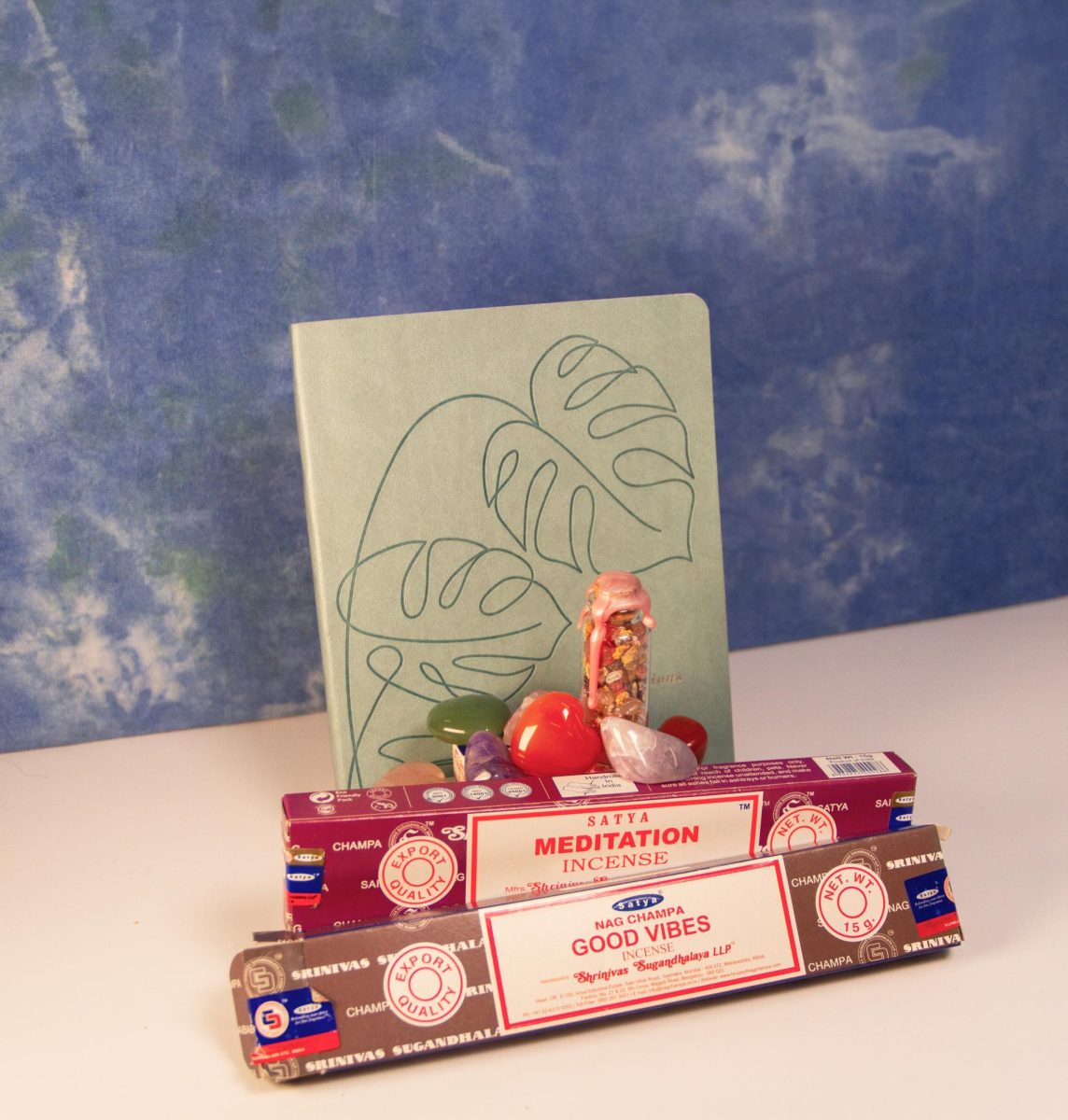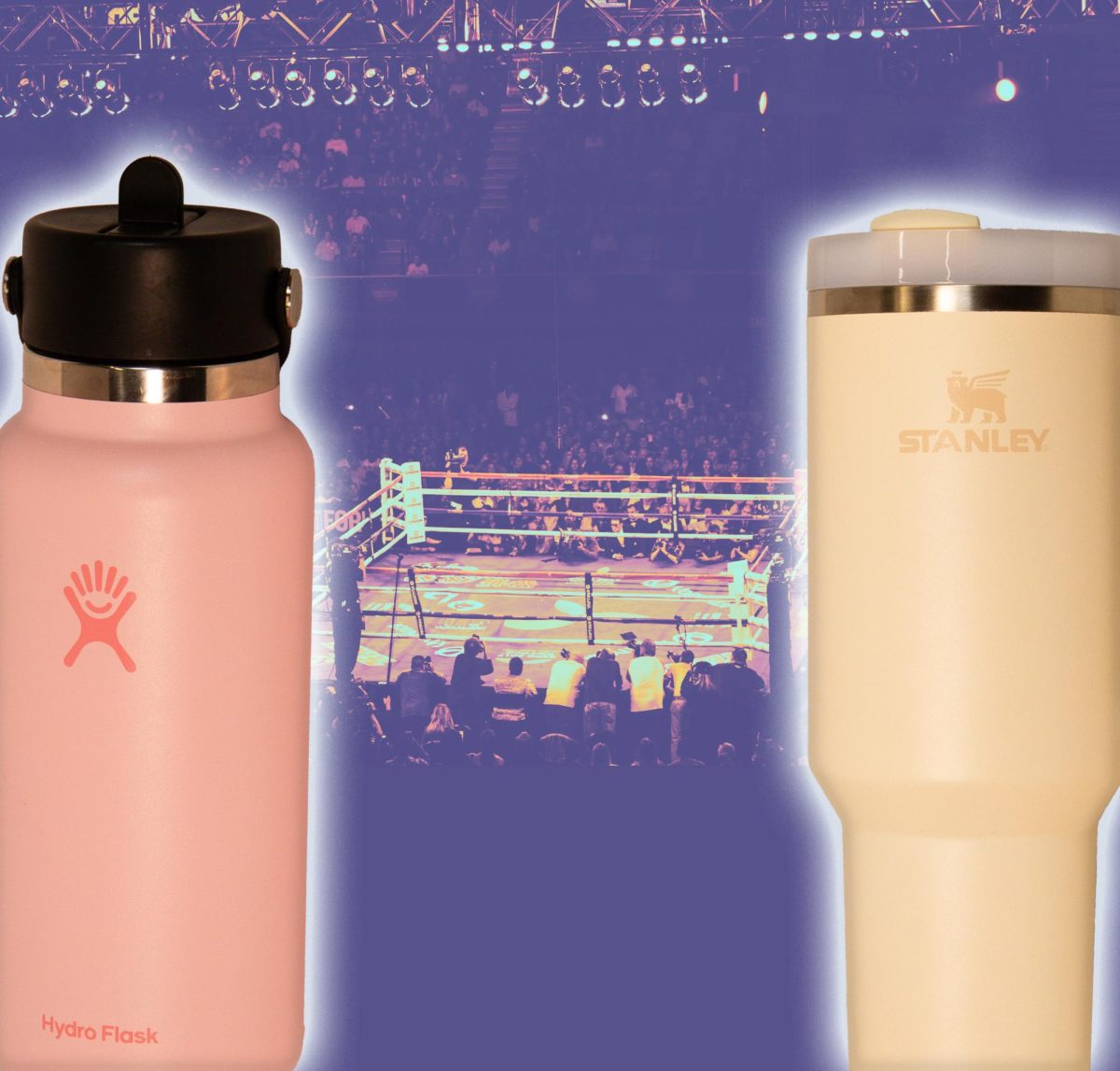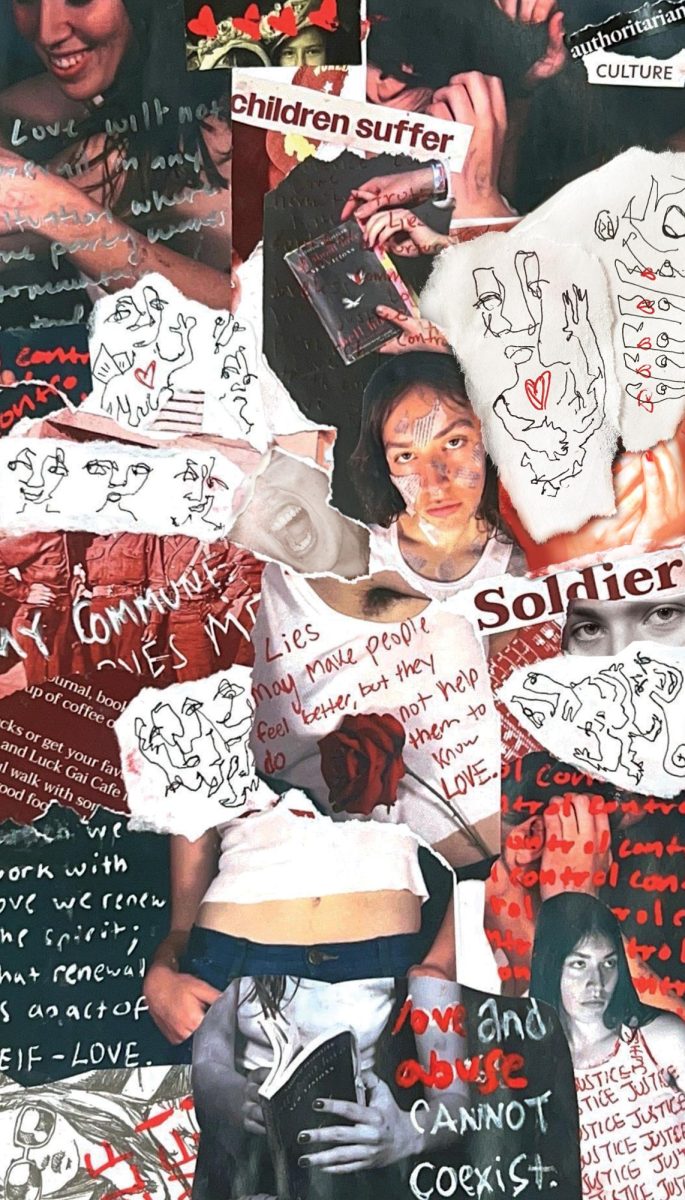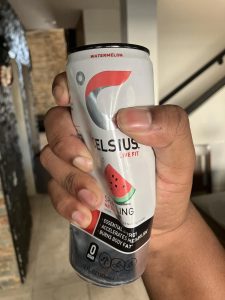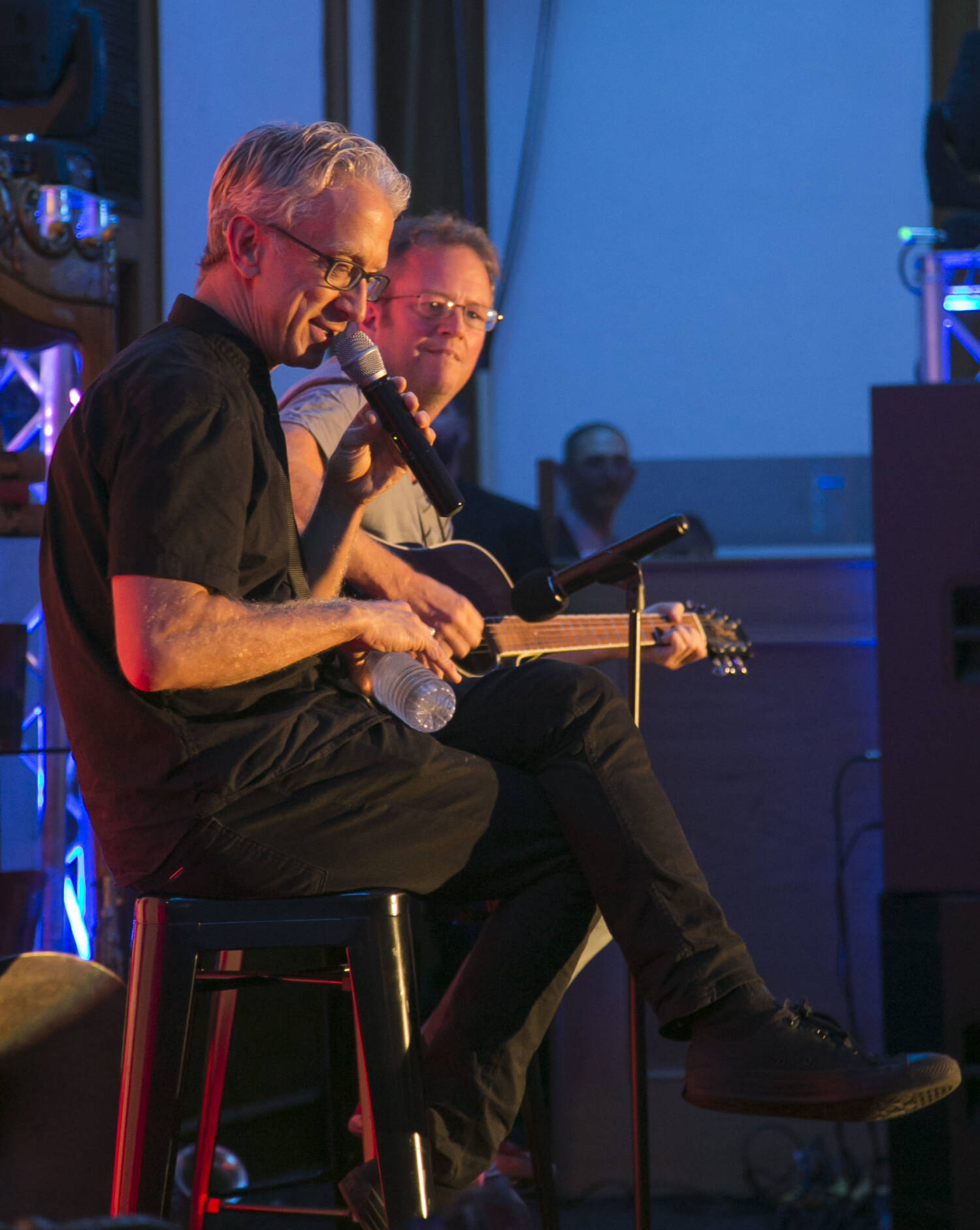By: Ana Aragon
Imagine you’re a woman living unsheltered and you only have $4 left in your pocket. You’re tired, cold, and hungry. Suddenly you get cramps and you feel something wet trickling down your leg. You have one choice: Do you choose to eat your only meal of the day or do you choose to buy a box of tampons?
A topic pertaining to the homelessness crisis in the United States that is not widely spoken about is women not having clean, hygienic items during their monthly period. A study in 2018 showed that over 552,000 people are without shelter on any given night and 39.7% are women, many of whom do not have access to feminine hygiene products.
Girls Helping Girls. Period. is a non-profit organization that specializes in helping women who are not able to access sanitary products, which impedes their ability to do everyday things. Elise Joy, the executive director says, “Five years ago it seemed that every single person we told about the issue was shocked to hear it and wanted to help.”
A 2019 White House report on the state of homelessness in America shows that California holds the highest population of homeless residents in the United States: 130,000 followed by New York at 91,000. A 2019 census of Orange County showed that nearly 7,000 people are living on the streets or shelters throughout the county. In some cities, the homeless count has doubled within just one year. These numbers come from the latest Point In Time count that was used to determine how much funding Orange County needs to address homelessness. According to Wise Place, a homeless shelter in Santa Ana, 1 in 4 homeless adults is a woman.
Almost all states still consider female sanitary products to be luxury items, not tax-exempt necessities. Sales tax is the power of the states and according to Period Equity, only six states have successfully gotten rid of the tampon tax. California is one of the 35 states that still considers sanitary products to be “luxury” items and still carries out the tampon tax. Back in 2016, the California legislature passed a bill to end the tampon tax, but Gov. Jerry Brown vetoed it, stating that it should have been addressed within the state’s budget.
These necessary products are also not covered by any welfare program, which makes it almost impossible for homeless women to maintain basic menstrual hygiene.
“We learned that menstrual products are not covered by SNAP benefits and that many women and girls go without, impacting their ability to work and go to school,” says Joy.
Girls Helping Girls. Period. reported that some women who receive food stamps exchange them for money because they can’t buy these “luxury items” with food stamps. Type Investigations also did a report on the exchange of food stamps for money and reported that there have been multiple cases of women trading them due to lack of work and money. According to the USDA, selling food stamps is illegal, which violates the Food Stamp Act. In order to get these necessary items, many women must break the law and risk going to jail to keep themselves clean.
Many homeless women resort to using and reusing socks, rolled-up shirts, bunched up napkins, plastic bags, or anything that would be able to stop leakage. Others just “free-ball” it and have to endure the week-long tread of bleeding out. “It is a common practice for girls and women to have to improvise if they do not have the products they need. More often we hear stories of girls simply skipping school when they don’t have resources… and that is tragic,” says Joy.
The way some of these women are trying to keep themselves clean is a cause for concern because it carries implications for public health and infection.“It is very safe to say that infection, poor hygiene, poor self-esteem are some of the negative effects of not having proper menstrual care,” says Joy. She also mentioned that Always reported that one in five girls did not have access to sanitary products, forcing them to miss school and at times forced to leave because they “simply could not afford what was needed to manage a natural bodily process.”
Maria Mencos Puche, program director at HIS House in Placentia, California, says, “There are so many risks to not having access to these items, UTIs and yeast infections as well as toxic shock from not having access to enough tampons and not being able to change them out enough.” She adds that the women they work with also face risk of infection when they have to create their own tampons or pads in ways that aren’t always sanitary.
Though big brand companies give donations to organizations helping the homeless, small individual donations are also a huge help. Whether it be $5 or a small box of tampons, each donation is appreciated from people that want to help in whatever way they can.
“The simple fact is that this issue is so easy to tackle… it is so easy to make a tangible difference in the life of someone else. A small donation really does make things better and we see the results everyday,” states Joy.



